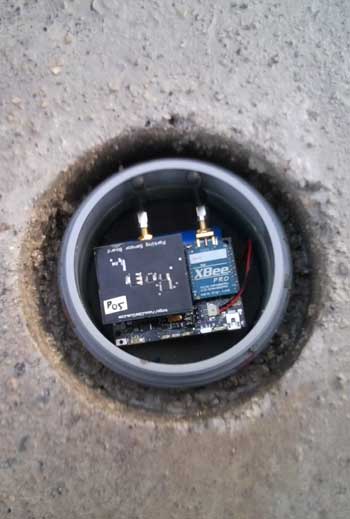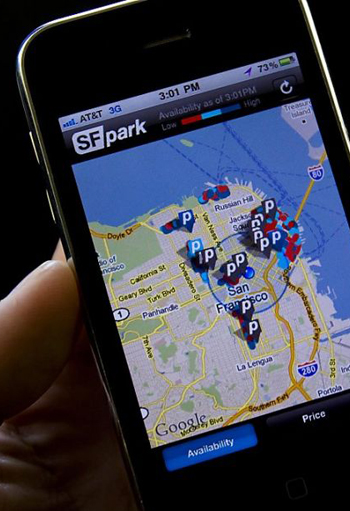CAN TECHNOLOGY SAVE OUR CRUMBLING INFRASTRUCTURE?
“The infrastructural situation in the U.S. is bad,” said Harvard Business School professor Rosabeth Moss Kantor at SXSW Interactive in Austin, Texas. Traffic causes “5.5 billion of hours or about $70 billion of lost productivity, costs 2.9 billion gallons of fuel, and increases our healthcare costs by $45 billion each year.” About a quarter of American bridges are crumbling and structurally obsolete; and we hear horror stories nearly every month of another major collapse.
“But technology is the big hope.” Kantor argued that embedded sensors can be used to make roads and cars smarter so they can relay traffic reports in real time, identify structural issues and report them, and reduce traffic collisions and fatalities, which also cost the U.S. hundreds of billions each year.
And autonomous vehicles, ride-sharing apps like Uber and Lyft, on-demand mobility apps like Ridescout, as well as parking apps, could reduce the inefficiency of traffic. With so little investment in actual structures and asphalt, technology is seen as one cost-effective way to lengthen the life of our crumbling transportation system.
What is holding back this safer, more efficient future? For Kantor, the problem is “very silo-ed governments, from the federal to local level.” What’s instead needed is a “whole ecosystem approach, connecting across systems.”
And that’s what the U.S. department of transportation (DOT) is now attempting with its Smart City Challenge, which will give up to $50 million to one city to become the “country’s first city to fully integrate innovative technologies – self-driving cars, connected vehicles, and smart sensors – into their transportation network.”
At SXSW, DOT announced the finalists: Portland, Oregon; Kansas City, Kansas; Columbus, Ohio; San Francisco, California; Denver, Colorado; Austin, Texas; and Pittsburgh, Pennsylvania. DOT will work with these cities to refine their plans before announcing a winner.
Mark Dowd, senior advisor at DOT, said the “car has caused disconnection in communities; but technology can reconnect communities. We can’t build our way out of our current problems. We are leaning hard on the technology piece.”
Dowd said big cities have the resources to start their own high-tech, integrated transportation programs, but “urbanization only increases pressure on mid-sized cities that can’t build their way out of the problem or attract the tech talent they need,” so they can only benefit from the involvement of the DOT.
DOT was surprised by the incredible demand for these funds. Some 78 cities sent in applications. “There is a hunger for a new way of doing things.” But $50 million only meets a slim share of that demand.
The question for Kantor is “who is going to pay for new infrastructure?, ” smart or otherwise. The only way forward may be an increase in the gas tax, which is seen as a third-rail in American politics. But perhaps a tax gas increase could happen if it’s tied to local fixes that benefit commuters and result in a measurable reduction in fatalities. “Over 36,000 people every year die on the roads, and their deaths are preventable.”










Follow Us!